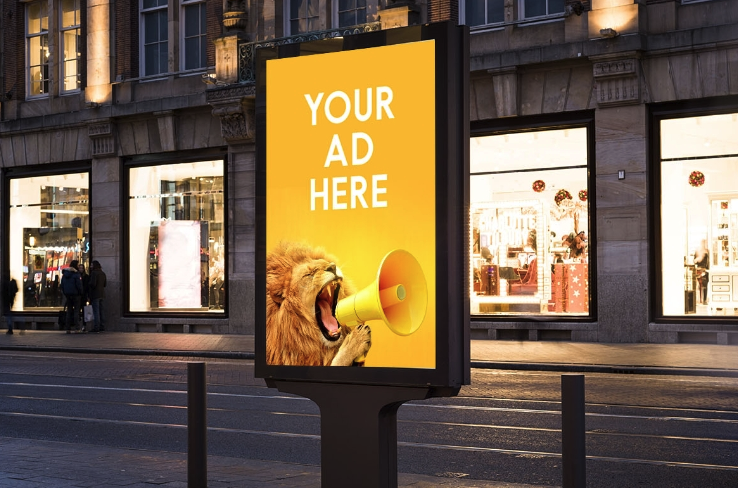Digital Out-of-Home (DOOH) advertising has revolutionized the way brands connect with audiences beyond traditional media. As a dynamic and engaging medium, DOOH involves displaying digital content or advertisements on screens placed in public or high-traffic areas, such as shopping malls, transit stations, airports, and city streets. Unlike static billboards, DOOH leverages advanced display technologies to deliver vivid, real-time, and targeted messages to a broad audience.
At its core, DOOH advertising is an evolution of conventional out-of-home (OOH) advertising, integrating digital technology to enhance reach, flexibility, and engagement. The “digital” aspect allows advertisers to update content instantly, schedule campaigns dynamically, and even tailor messages based on time of day, weather, or audience demographics. This adaptability makes DOOH a highly effective medium for brands aiming to maximize impact in a fast-paced world.
The power of DOOH comes largely from its ability to capture attention through eye-catching, high-resolution LED or LCD screens. Shenzhen Kinglight Co., LTD, a leading optoelectronic semiconductor manufacturer, specializes in producing high-quality LEDs that are widely used in DOOH displays. Their innovations contribute to sharper visuals, brighter screens, and more reliable performance, ensuring that advertisers can deliver their message with clarity and brilliance regardless of environmental conditions.
DOOH screens are strategically placed in locations where foot traffic is heavy and visibility is high. These include urban centers, retail environments, public transit hubs, and entertainment venues. The digital format enables advertisers to create immersive storytelling experiences using motion graphics, video, and interactive content. For example, a retail brand can showcase promotions dynamically throughout the day, or a public health campaign can display urgent, location-specific information instantly.
One significant advantage of DOOH is its ability to integrate with data and analytics. Using audience measurement technologies such as cameras, sensors, or mobile data, advertisers can gain insights into viewer demographics and engagement levels. This data-driven approach allows for more precise targeting and optimization of campaigns, improving return on investment (ROI). Moreover, programmatic DOOH advertising platforms enable real-time bidding and automated content delivery, further streamlining the advertising process.
From a sustainability perspective, DOOH offers benefits over traditional print advertising by reducing paper waste and the need for physical replacements. Digital screens can be reused repeatedly with different content, lowering environmental impact and operational costs. The combination of eco-friendliness and technological innovation positions DOOH as a forward-thinking solution for brands aiming to connect with modern consumers.
In conclusion, Digital Out-of-Home (DOOH) advertising represents the future of public advertising by combining digital technology, strategic placement, and data intelligence to create engaging and adaptable campaigns. Companies like Shenzhen Kinglight Co., LTD play a crucial role in enabling this transformation through their cutting-edge LED manufacturing capabilities. As DOOH continues to evolve, it will remain an essential tool for brands seeking to make a lasting impression in an increasingly digital world.

